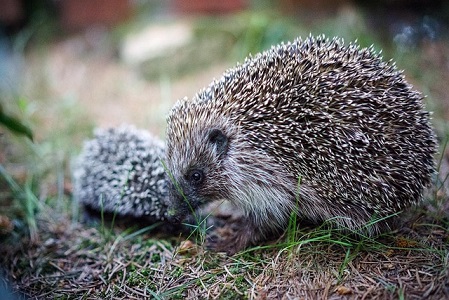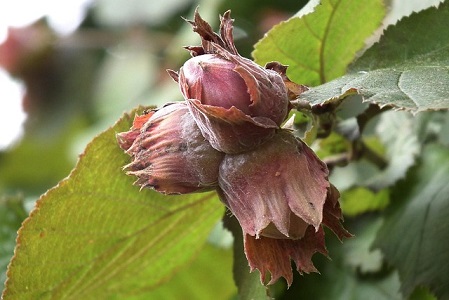Living Planet
Nature · Earth · ClimateNature Notes: August 2025
A BUTTERFLY AND SUN-KISSED SUMMER!
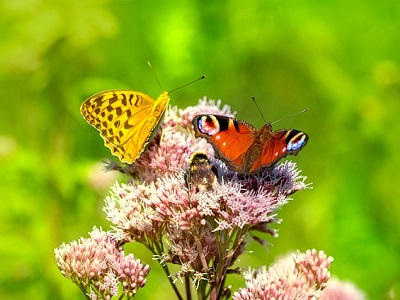
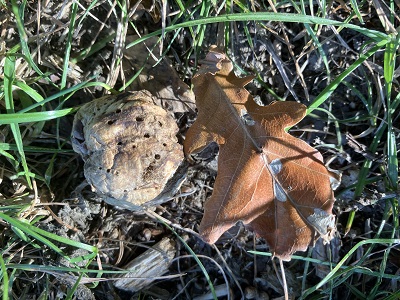
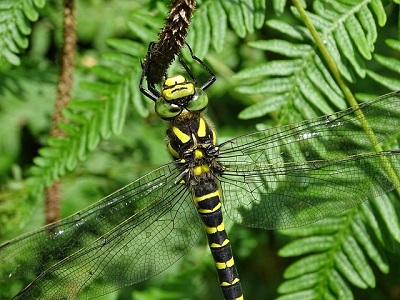
Highlights of July: Butterflies! Silver-washed Fritillaries on bramble flowers, thistles and teazels in the hedgerows, and on buddleia in the garden; scores of golf ball sized galls punctured with multiple holes under oak trees in and around the village signifying a good year for oak apple gall wasps; birds quietly dusting and sun-bathing in patches of light in the woods - others finding shade in the huge heart-shaped leaves of the Indian Bean Tree in St Peters Church; ravens calling in the morning; a very large golden-ringed dragonfly; hummingbird hawkmoths on golden tufts of honey-scented Lady's bedstraw; cinnabar moth caterpillars and red soldier beetles devouring ragwort; watching swallow and wagtail fledglings learning to fly and feed on the wing.
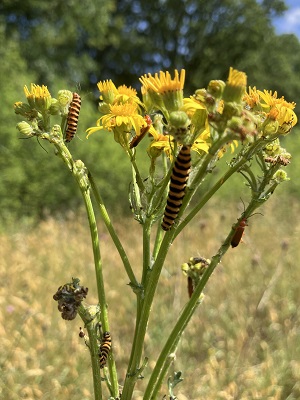
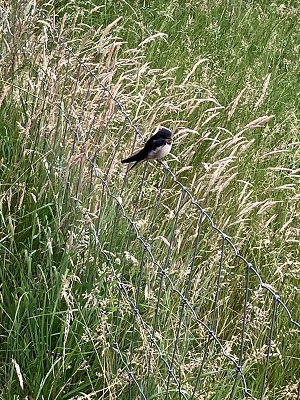
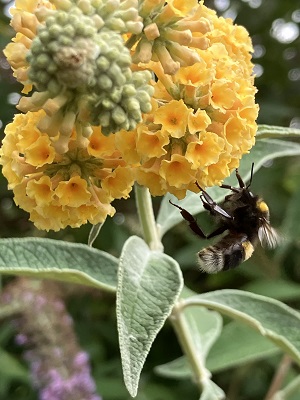
Lowlights: lack of rain; more dead shrews, along with fledglings, on and around our hard, dry footpaths; a hard month overall for animals, birds and insects in the heat; finding two predated wasps' nests, miles apart but both dug up from the ground by either badgers or foxes looking for larval grubs; villagers reporting an increase in ticks.
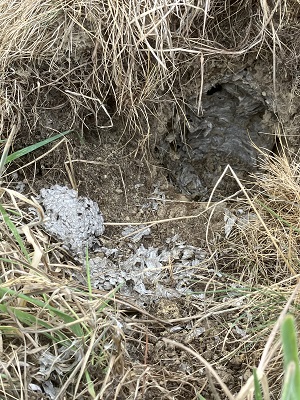
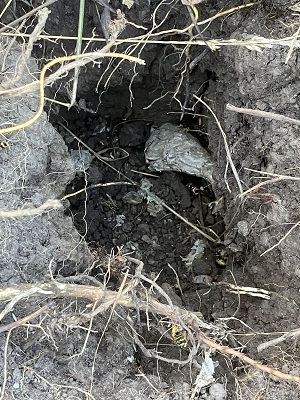
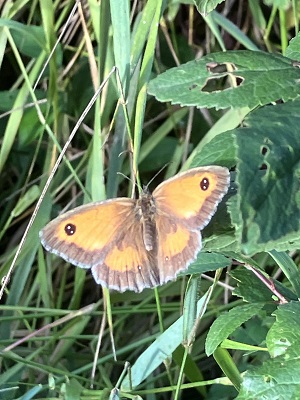
Key Messages: According to researchers at the University of Bristol, ticks can respond to static created by a bird, animal or human moving, that 'sucks' them towards and onto their host! So cover up, walk on clearly defined paths to avoid brushing against/near vegetation and check yourself/dog(s) regularly.
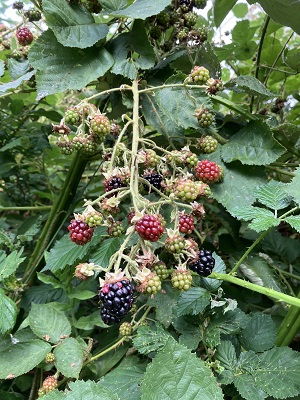
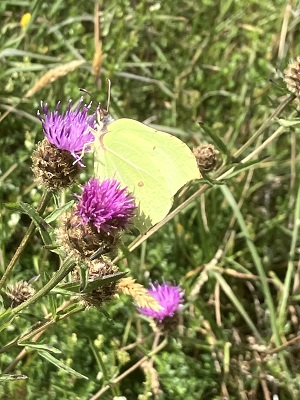
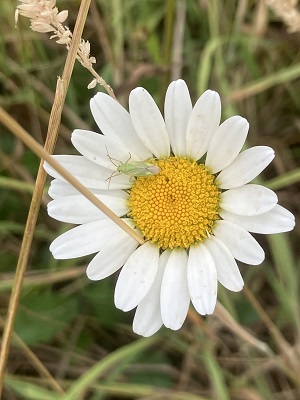
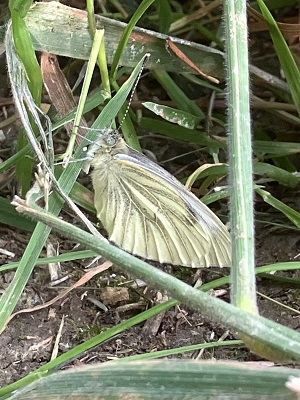
What to look for in August: more blackberries (the hedgerows are already laden with ripe and ripening fruit); thrushes on rowanberries; the gradual golden-bronzing of green ferns; yellow hammers singing on the edges of harvested fields; the nod of pale violet harebells; grass snakelets; a variety of animals as they gather food.
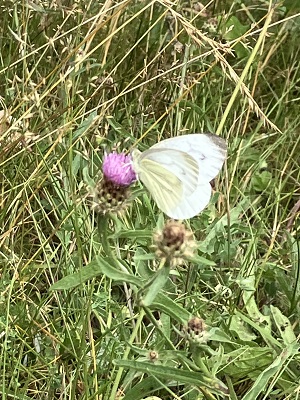
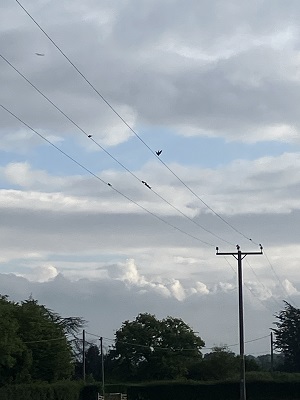
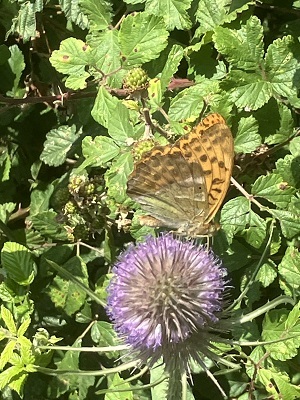
More likely to see/hear: hazelnut husks and discarded shells, left by dormice, woodmice, bank voles, squirrels, woodpeckers and nuthatches; Himalayan Balsam exploding their kite-shaped seedpods up to 7metres; thistles shaking off fairy-winged seeds; dragonfly numbers peaking; the 'Club Tropicana' style chirp of crickets and deeper rasp of grasshoppers; the absence of birds (many will be laying low moulting), but swallows should be gathering on our wires.
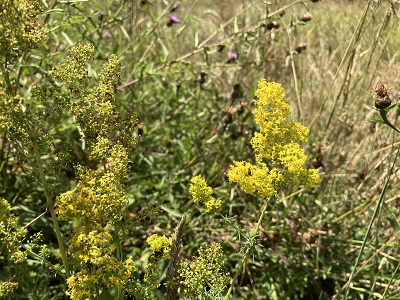
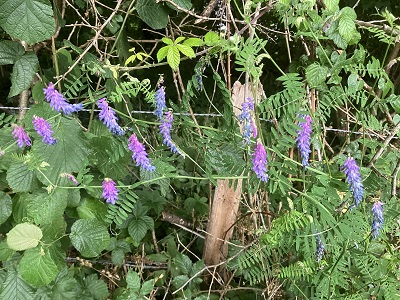
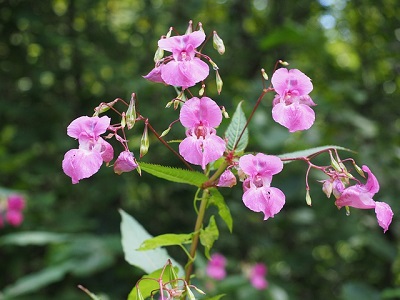
What you can do to help:
- Whilst water sources for wildlife are still rapidly disappearing keep filling up bird baths, ponds and shallow dishes, topped with stones on which bees and butterflies can perch. Provide shelter and shade in areas of uncut grass under trees for all wildlife.
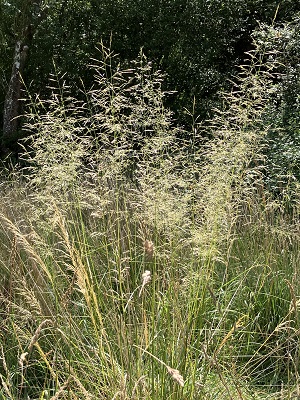
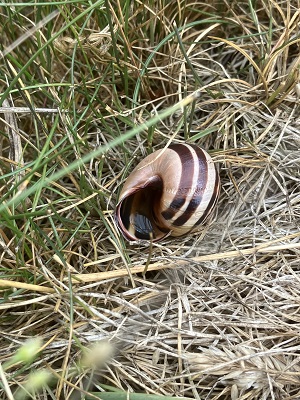
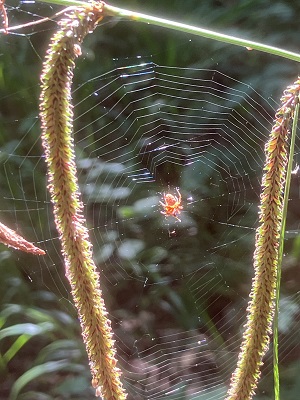
- Consider creating a 'Nature highway' with your immediate neighbours to help our dwindling hedgehog, frog and toad populations. Make a gap of around 13cm x 13cm in your fence/wall so they can safely avoid our busy roads through the village.
